Media release from the Victorian National Parks Association, The Wilderness Society Victoria Inc., Environment East Gippsland Inc. and The Australian Conservation Society
Victorian Government logs last significant stands of old-growth forests
The Brumby government continues to stall on delivering a stated election commitment to protect old-growth forests as bulldozers and chainsaws move in to the irreplaceable "Valley of the Giants" forest in East Gippsland, conservation groups said today.
Matt Ruchel, Executive Director of the Victorian National Parks Association said the ALP committed in 2006 to protect the last remaining stands of old-growth forests in East Gippsland, but that commitment had remained unfulfilled as areas such as this were now being logged.
"Premier Brumby must move logging contractors and machinery out of this area immediately and ban any further logging in these areas until new National Park boundaries are delivered. These forests have been identified by scientists and community alike as being of immense environmental significance," he said.
"Some of the best examples of old-growth forest are on Brown Mountain, found to the west of the Errinundra National Park, and conservation groups have been working with the government since 2006 in identifying this area for protection."
Lindsay Hesketh, Australian Conservation Foundation spokesperson, said since 2006 VicForests had logged hundreds of hectares of precious old-growth forests, contrary to the government's commitment.
"Long-standing negotiations with the government to deliver the 2006 old-growth promise are severely compromised by this logging," he said.
Jill Redwood, Co-ordinator of Environment East Gippsland said the forests consisted of hundreds of massive tress that had been mapped, named and measured for a walking track, presenting a prime tourism opportunity for East Gippsland's economy.
"Most Victorians would be horrified to know these unique and endangered areas are being clear felled for Japanese woodchips with a very small allocation going to local sawmills," she said.
Luke Chamberlain, Forest Campaigner for The Wilderness Society said recently released science from the Australian National University showed Australia's eucalypt forests store far more carbon than was previously thought.
"The logging of these forests on Brown Mountain will make a major contribution to Australia's green house gas emissions," he said.
"Forests must be at the forefront of the Brumby and Rudd governments' climate change agenda. Protecting Australia's native forests will help make the deep emissions cuts necessary to halt climate change."
Brown Mountain has been actively fought for since 1989 when 300 people were arrested trying to save these National Estate listed forests from being destroyed.
Media contact: Sacha Myers on 0417 017 844 or Luke Chamberlain 0424 098 729
See also: NSW and Victorian Governments accused of having colluded to start controversial logging operations at exacly the same time in "Forest protests limited" in the Bega District News of 28 Oct 08. Some excerpts follow:
"The two states have timed highly controversial logging operations to start at exactly the same time," according to the convener of the forest activist group Chipstop, Harriett Swift.
"We learned on Friday that the long awaited logging of Bermagui State Forest would start yesterday within hours of hearing that bulldozers were moving onto Brown Mountain in East Gippsland," Ms Swift said.
The Bermagui logging has been the subject of pro-active preparations by the NSW Police who have threatened a zero tolerance approach to protesters.
Brown Mountain is part of the Snowy catchment and much prized by conservationists for its "valley of giants".
"Forestry agencies clearly intend that the simultaneous logging operations will ensure that skilled activists from one state may not be available to assist colleagues in the other," Ms Swift said.
"It may be no coincidence that these logging operations come hard on the heels of widely reported attacks on conservationists attempting to save Tasmanian forests last week. "NSW and Victorian forestry agencies may also expect these attacks to have drawn some activists away from this region," she said.
Ms Swift said it was a pity that NSW and Victoria couldn't manage that level of co-operation on useful activities such as saving the Murray River.
Appendix: letter from Julianne Bell of Protectors of Public Lands Victoria Inc.
Dear Protectors of Public Lands Victoria inc. members and friends,
The Wilderness Society (WS) has reported that Brown Mountain (old growth forest in East Gippsland) is being logged right now - the bulldozers moved in last week. It is reported that negotiations with the Premier's Office over last weekend failed and VicForests and the logging contractors have been allowed to stay.
The WS reported that Premier Brumby's office's response was "since VicForests have moved the contractors in, there is nothing they can do". This shows - in our view - absolute contempt for the current process to protect old growth forests in East Gippsland (a 2006 election promise).
Brown Mountain needs your help. Please email your family, friends and networks and ask them to contact the Premier's Office. No use ringing the Office as his staff's instructions are : email the Office on premier[AT]dpc.vic.gov.au or john.brumby[AT]parliament.gov.au . Copy to Environment and Climate Change Minister Gavin Jennings on gavin.jennings[AT]parliament.vic.gov.au
You may wish to see the GECO website for photos of the forests that are being logged and updates on actions out there - at www.geco.org.au/2008/protests08.htm#brownmt.html.
In your calls and emails, you are asked to express your opposition at the logging of old growth forests in contravention of the ALP's commitment to protect old growth forests in East Gippsland. Demand that the logging contractors be removed from this contentious coupe immediately, and that the area be included for protection when the government (finally) delivers on it's 2006 election promise to protect 40,000 ha of old-growth and iconic forests in East Gippsland. Brown Mountain forms the headwaters of the Bonang River. It contains giant old growth trees which have been identified and mapped as part of a community supported "Valley of the Giants" walking track. Many people will have walked parts of Brown Mountain and know these trees.
If the government wishes to claim it is delivering a 5,000 ha link between the Snowy and Errinundra National Parks, then the inclusion of Brown Mountain as part of this link is vital
.
This area contains 3 highly contentious coupes (840-502-0015, 840-502-0019, 840-502-0020) that were only added to the logging schedule in July 2007. Logging of these coupes would clearly contravene the government's commitment to protecting the last stands of old-growth forests in Victoria. Coupe 840-502-0020 is the one currently being logged.
When you write mention forests as critical carbon stores and soaks, biodiversity store houses, water makers (Snowy catchment) and huge tourism potential. A grand irony is that the Parliament of Victoria's Environment and Natural Resources Committee is currently enquiring into Melbourne's Future Water Supply. Protectors of Public Lands Victoria has made a submission opposing the logging of water catchments and we are waiting to see if we will be given a hearing.
We hope you can help us, even by sending one email to the Premier.
I have attached a joint media release from the Wilderness Society, the Australian Conservation Foundation, Victorian National Parks Association and Environment East Gippsland. (I tried to remove logos as they take up a file space but it didnt work!).
Regards,
Julianne Bell Secretary Protectors of Public Lands Victoria Inc.
PO Box 197
Parkville 3052
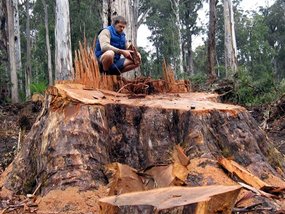 Radiocarbon-testing has confirmed that a giant rare old-growth Eucalyptus regnans located in its natural forest habitat on East Gippsland's Brown Mountain has been chainsawed by VicForests, despite it being scientifically confirmed to be at least 500 years old.
Radiocarbon-testing has confirmed that a giant rare old-growth Eucalyptus regnans located in its natural forest habitat on East Gippsland's Brown Mountain has been chainsawed by VicForests, despite it being scientifically confirmed to be at least 500 years old. No regard has been made for the existence value of a Victorian 500 year old natural asset, nor the habitat requirements for the typical arboreal animals and forest owls dependent on this old growth habitat tree or its associative forest dependent habitat. Under State-sanction, ignorant VicForest butchers have plundered, ransacked and run.
No regard has been made for the existence value of a Victorian 500 year old natural asset, nor the habitat requirements for the typical arboreal animals and forest owls dependent on this old growth habitat tree or its associative forest dependent habitat. Under State-sanction, ignorant VicForest butchers have plundered, ransacked and run.
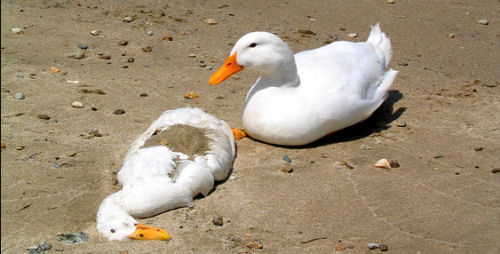

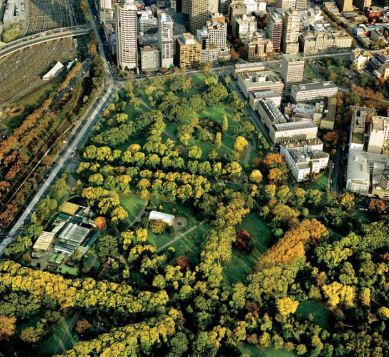
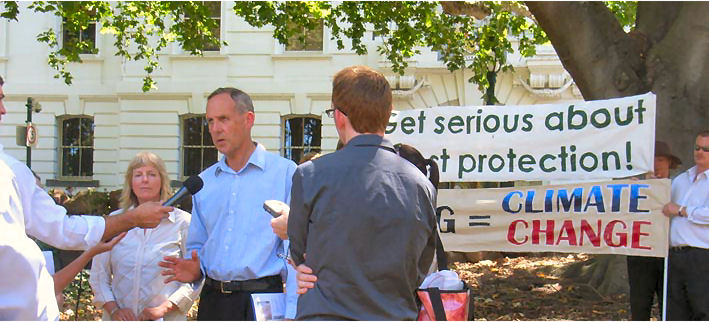
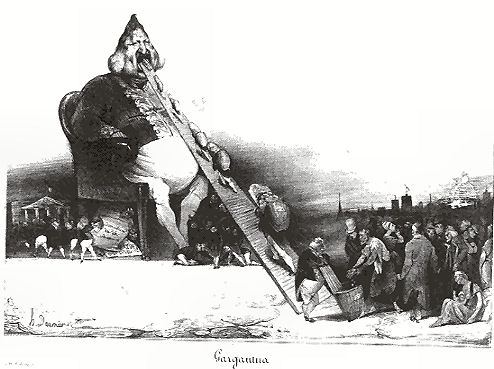
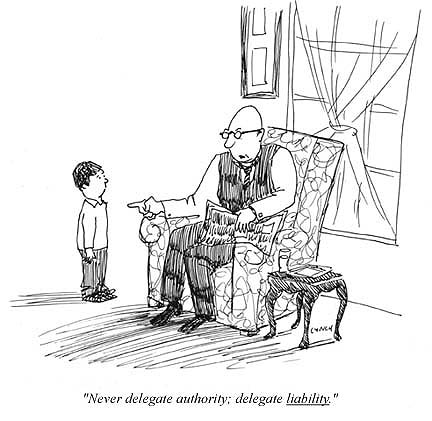




.jpg)
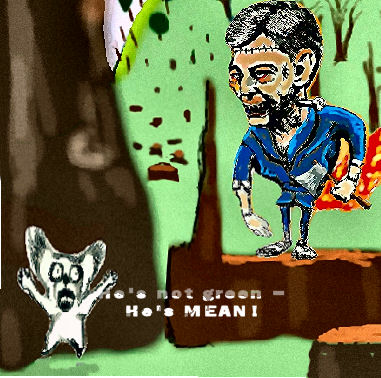
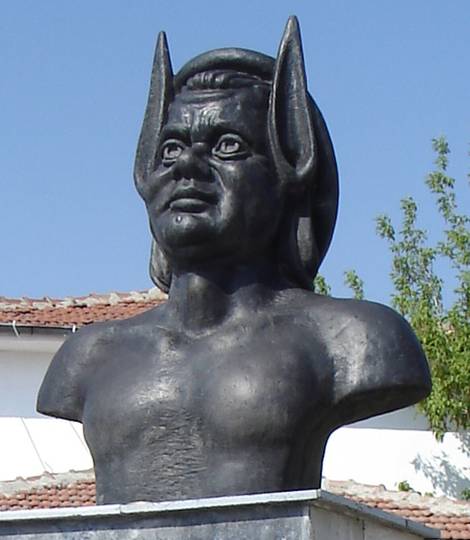
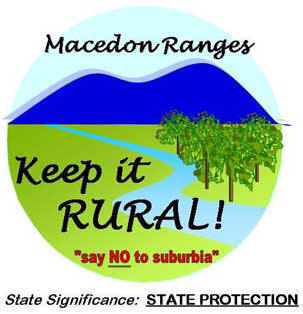 We need look no further than New South Wales and the Wollongong scandal for confirmation that money can buy governments and decisions, particularly planning decisions. Yet NSW has an Independent Commission Against Corruption [ICAC], something we don't have in Victoria.
We need look no further than New South Wales and the Wollongong scandal for confirmation that money can buy governments and decisions, particularly planning decisions. Yet NSW has an Independent Commission Against Corruption [ICAC], something we don't have in Victoria.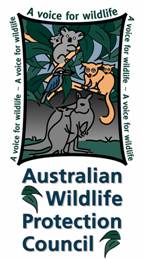

Recent comments